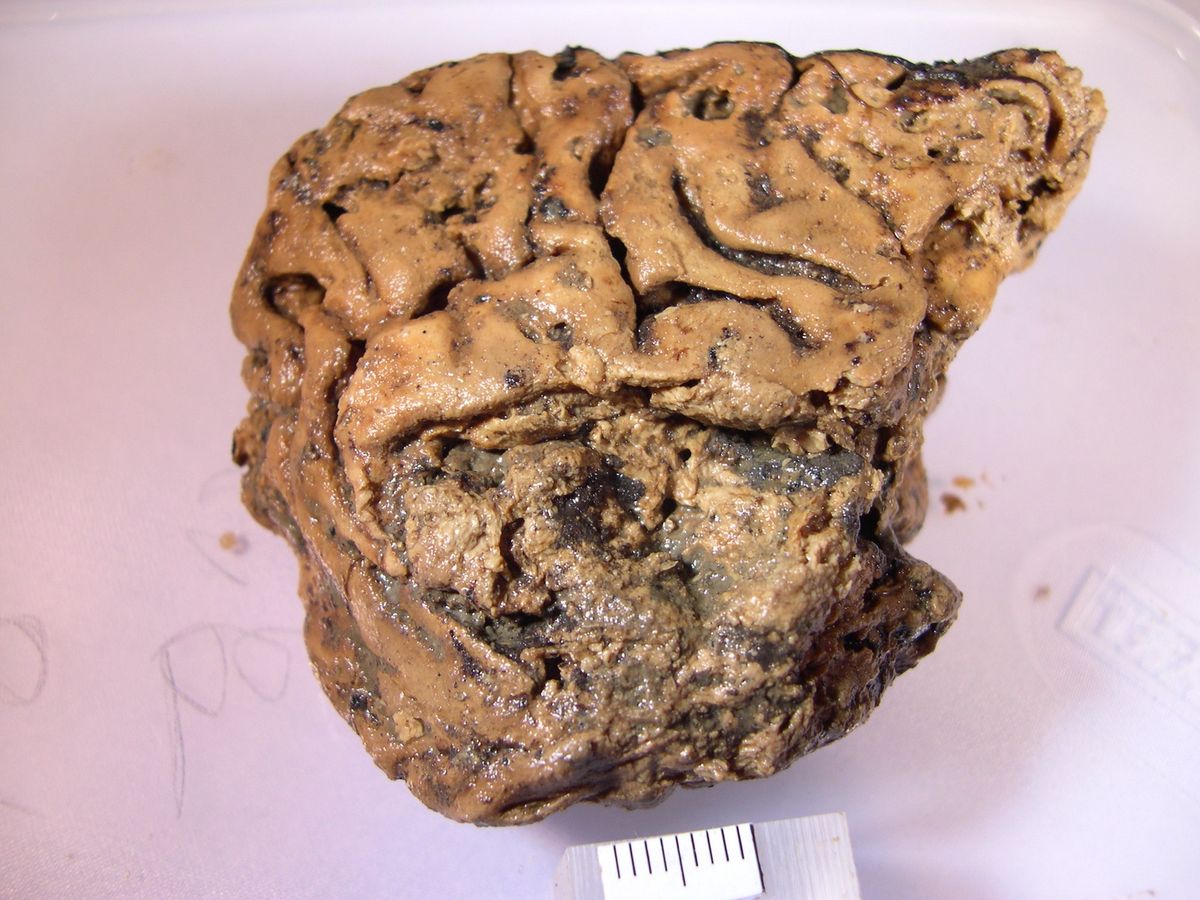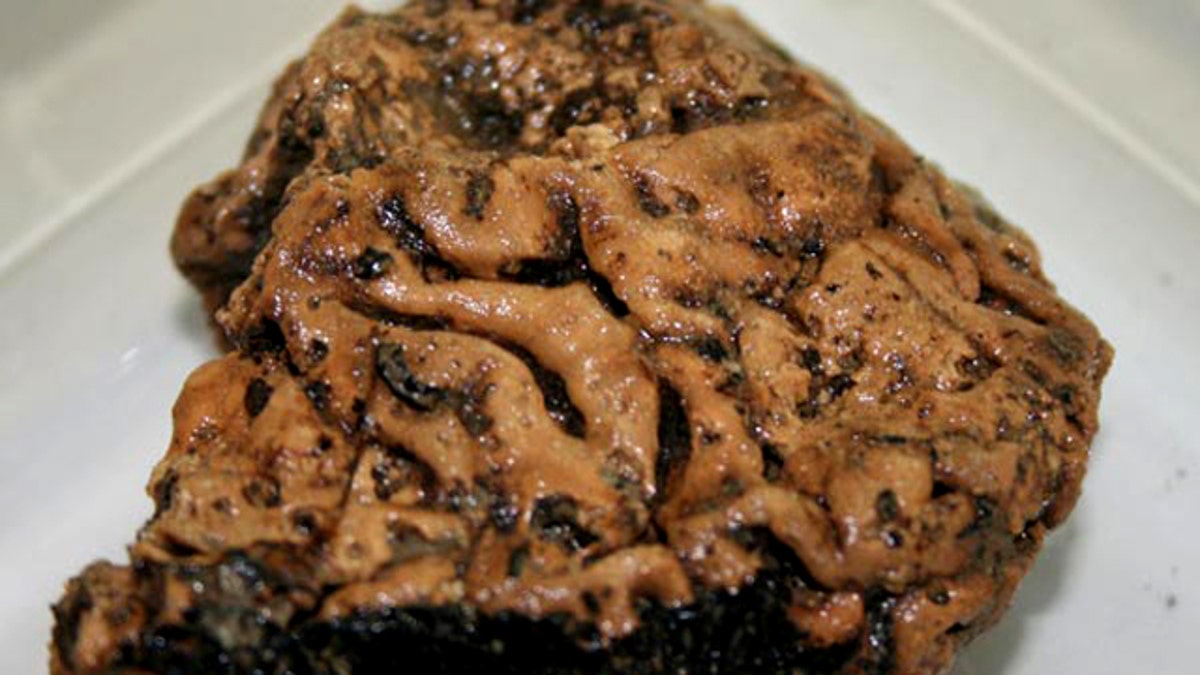The photo showcases the oldest surviving human brain from the Iron Age, dating back approximately 2,600 years. This remarkable discovery was made in 2008 by researchers from the York Archaeological Trust during an excavation on the Heslington campus of York University in northern England.
The Unearthing of a Ritual Sacrifice

Among the human remains found in one of the pits, only the skull, mandible, and lower cervical vertebrae were present, with no other bones recovered. Analysis revealed that these belonged to a middle-aged man who died between 673 and 482 BCE. Based on the condition of the cranial sutures and teeth, it was determined that he was between 25 and 45 years old at the time of his death.
Intriguingly, the vertebrae exhibited marks and damage, suggesting that the man most likely died from a spinal fracture sustained while hanging. Furthermore, it was discovered that his head had been severed with a sharp instrument immediately after his demise. Archaeologists believe that this individual was the victim of a ritual murder.
The Preservation of the Brain

What makes this discovery truly exceptional is the fact that a fragment of the man’s brain has been perfectly preserved within the skull. “At first, it seemed to us that we were dealing with an ordinary skull. But when we started cleaning it of dirt, we saw that it was not empty and had a yellowish brain,” said Dr. Sonia O’Connor from the University of Bradford.
Biochemical analyses revealed that the brain’s fats and proteins had combined into a single mass, leading to a 20% reduction in size but preserving its shape and many microscopic structures. Additionally, the process of protein aggregation, similar to what is observed in the brains of individuals with dementia, was also detected.
The Heslington Brain and its Mysteries

Unfortunately, the identity and the reasons behind this man’s ritual murder will remain a mystery. The only information that could be gathered was his mitochondrial DNA, which revealed a J1d haplogroup, previously unobserved in the UK. This haplogroup has been detected in individuals from Tuscany and the Middle East, suggesting a possible connection to these regions.
The Heslington Brain is now on display at the Science Museum in London, a testament to the incredible preservation of this 2,600-year-old treasure and the insights it can provide into the past.
